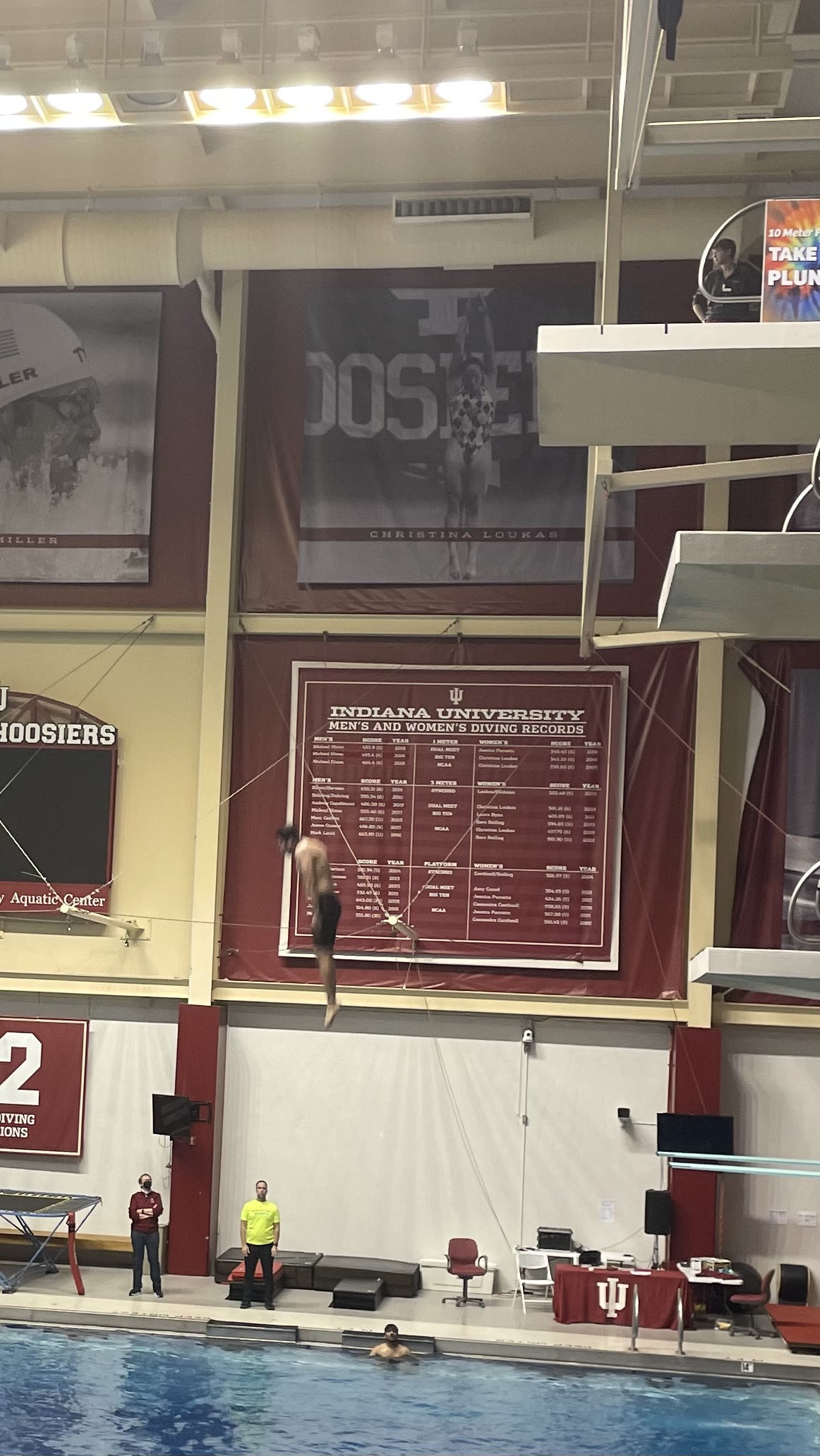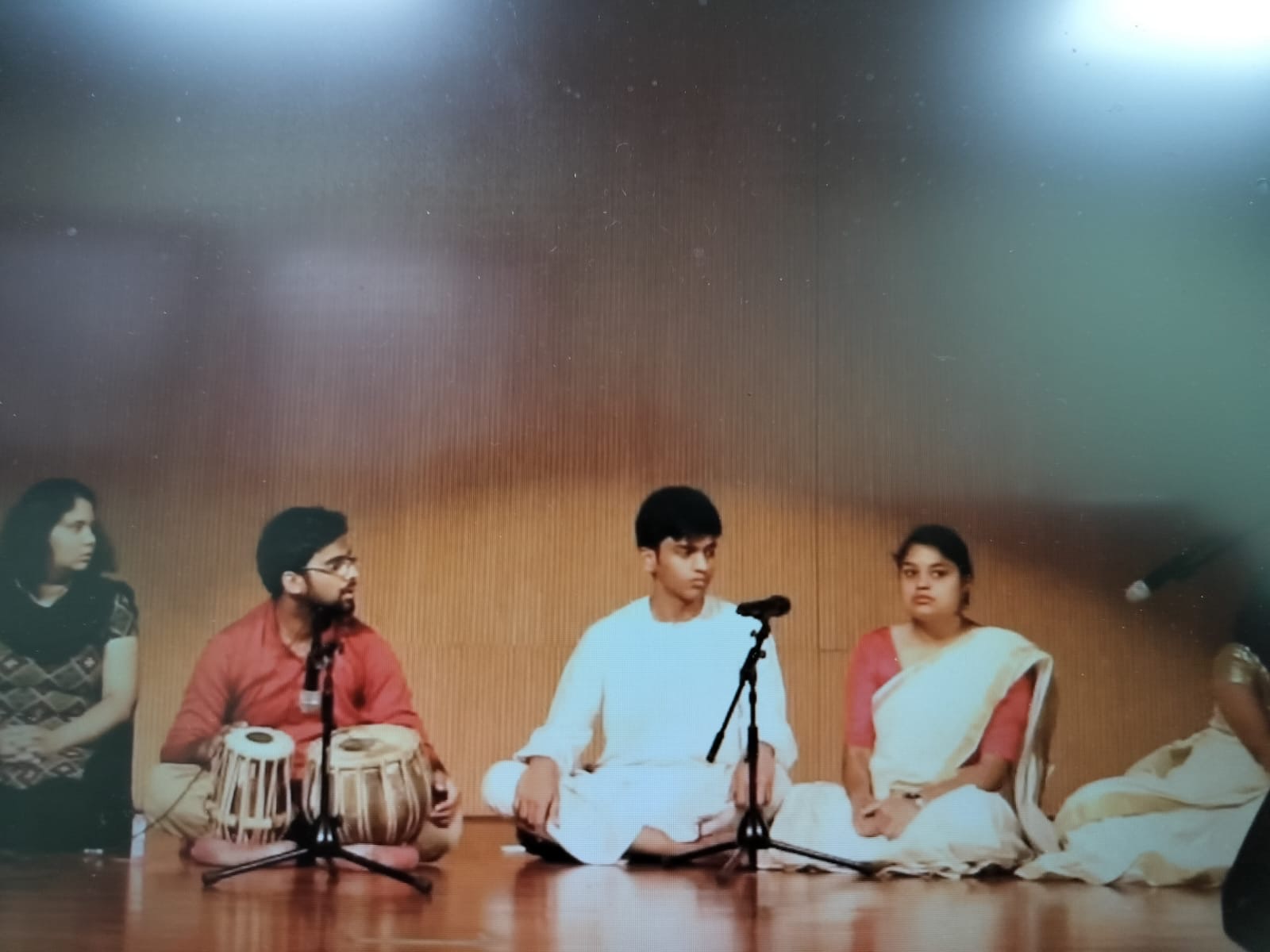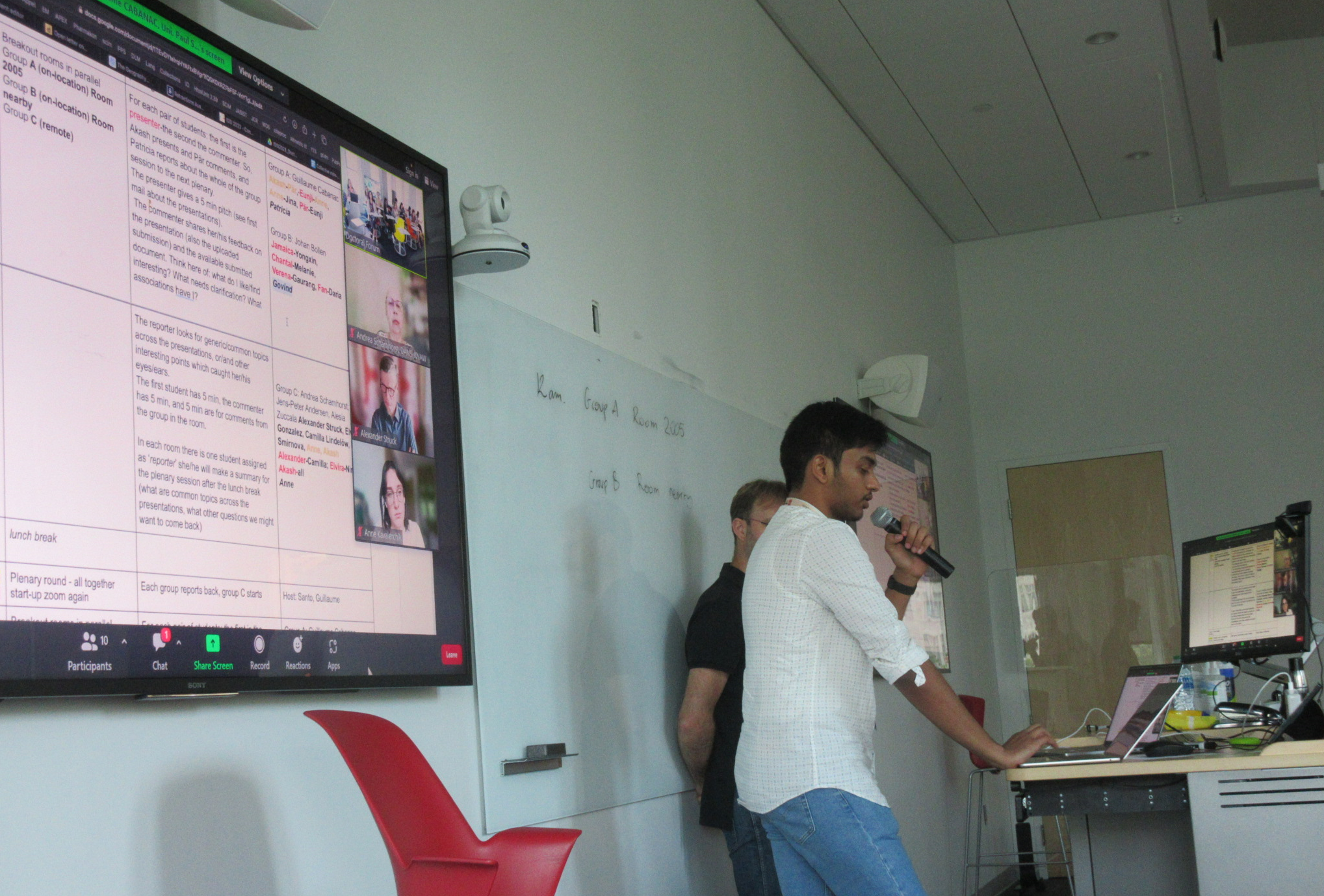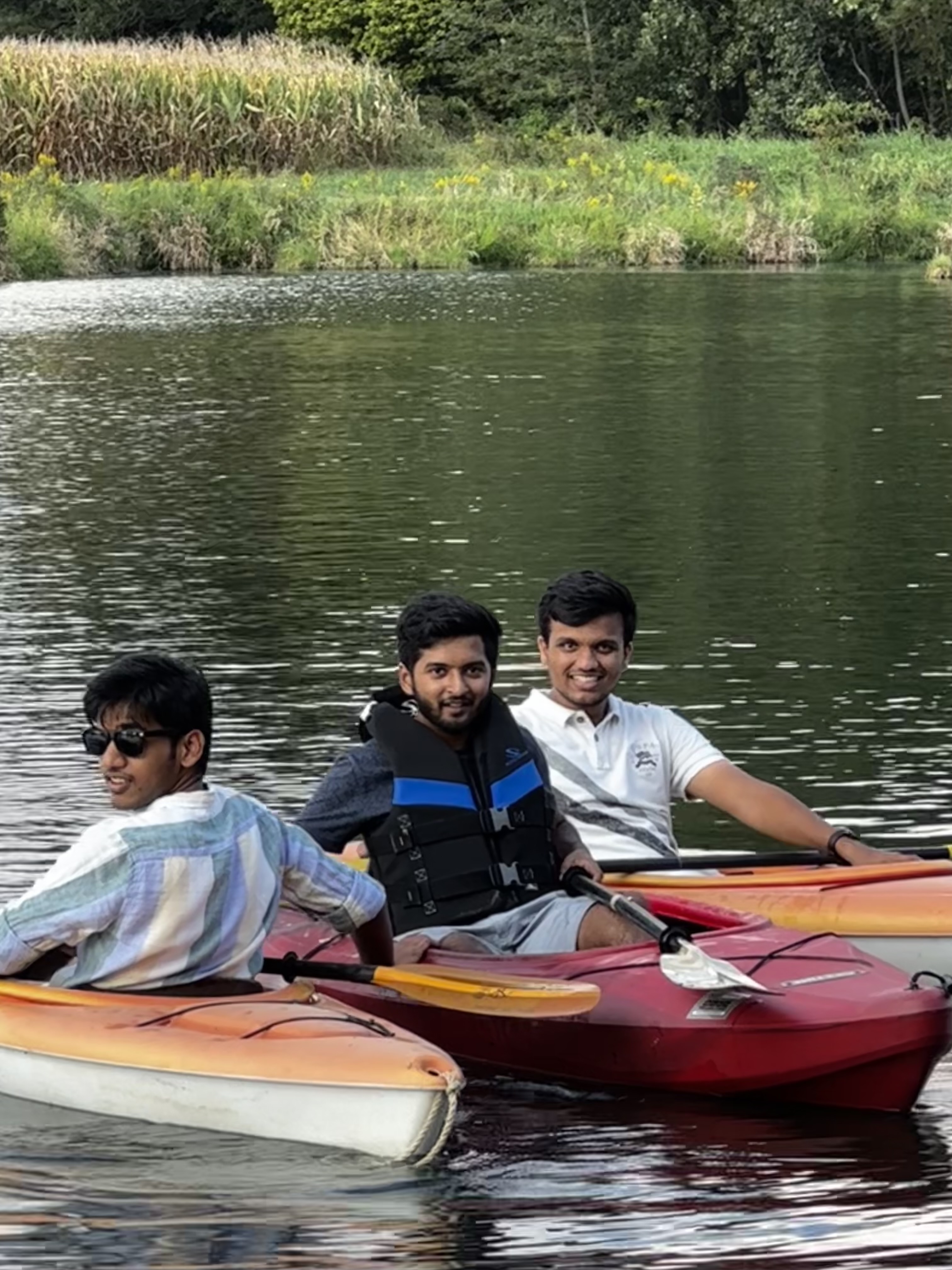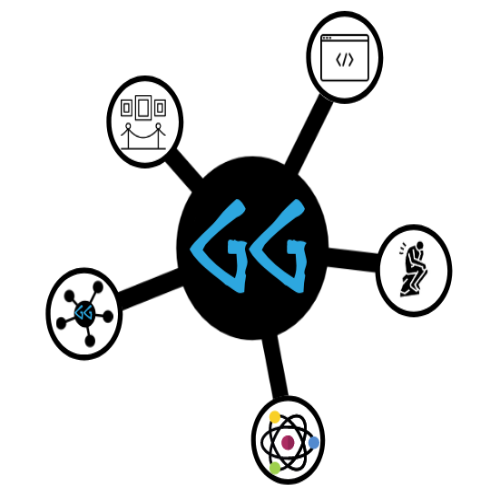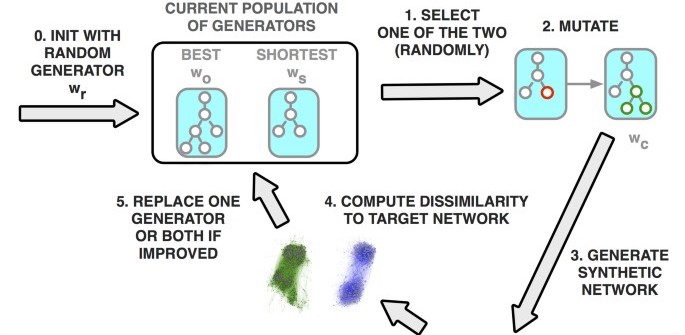Meet your next
Research collaborator.
I’m a problem solver
with
technical
skills
to
boot.
(and breaking) things
free time.
and I’d like to
collaborate with you.
Selected Experience
-
Center for Complex Networks and Systems Research
August 2022 to present
- Tested, augmented and improved an original alternative clustering method that does away with the need for "K" in K-Means clustering and detects heterogeneously sized network communities with Prof. Sadamori Kojaku and Prof. Yong-Yeol Ahn
- As part of the science genome project, quantified the extent of reliance of firms on basic sciences in their R&D efforts using deep learning methods.
- Mined semi-structured big data from Microsoft Academic Graph and Web of Science for analyzing patent-citation patterns.
-
CMB's Computational Social Science Team
May 2021 to May 2022
- Developed an improved symbolic regression algorithm by incorporating novel evolutionary programming techniques.
- Performed feature development, maintenance and porting (from Java to Python) on the existing symbolic regression algorithm before proceeding to incorporate dynamic networks.
- Improved prediction of socio-semantic networks to 90% of theoretical limit at 120% faster runtime.
-
Complexity Science Group, IISER Pune
January 2020 to June 2021
- Worked on evolution of Gossip & Credibility networks to model misinformation spreading using a novel social-influence centrality metric
- Developed a novel analytical framework with Prof. Santhanam to extreme events (accidents, traffic jams) on street traffic and optimize flow using biased random walkers.
- Modeled grid cells in the human brain as a Continuous Attractor Neural Network with Prof. Collins Assisi. Tested the neural network and quantified the role of Spike-Timing-Dependent Plasticity in entorhinal networks.
Schools
Recent work and experiments
Alt-means
2023A clustering algorithm that goes toe-to-toe with K-Means, sans the K. The conception of the algorithm and prototype code is the brainchild of Prod. Sadamori Kojaku. We are currently working with Prof. Yong-Yeol Ahn to publish the results. You can use it for your needs by installing the python library from Github
Synth
Synth
2022Synthetic is a machine learning tool that can be used to discover mechanisms for complex networks. This tool automates scientific method - it creates hypothesis, tests them against data and refines them. It's previous version was developed by Dr. Telmo Menezes and Prof. Camille Roth before I started using genetic programming techniques with them on this. Check it out on Github
Buttcoin
Buttcoin
2021This was a crypto-starter pack to educate people about the basic components that make up a cryptocurrency. It came out of our love/hate relationship with Bitcoin and Dogecoin and you can check it out on Github
Prevention > Cure
2019Designed a Django application to preemptively schedule maintenance for systems and subsystems for Goa Shipyard Ltd.
Programmed an LSTM network to predict the probability of failure, by monitoring sensor values trends like current,
temperature and pressure with 78% accuracy on historical failures.
Drafted algorithm to reduce downtime by 68% by load-balancing assembly lines and maintenance scheduling.


